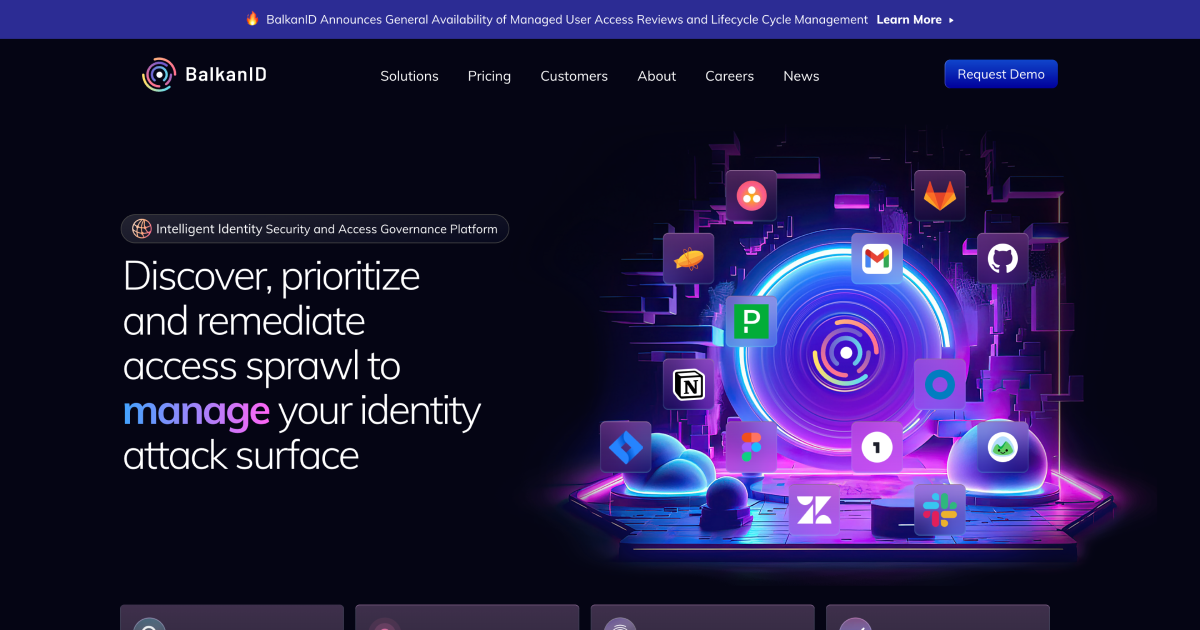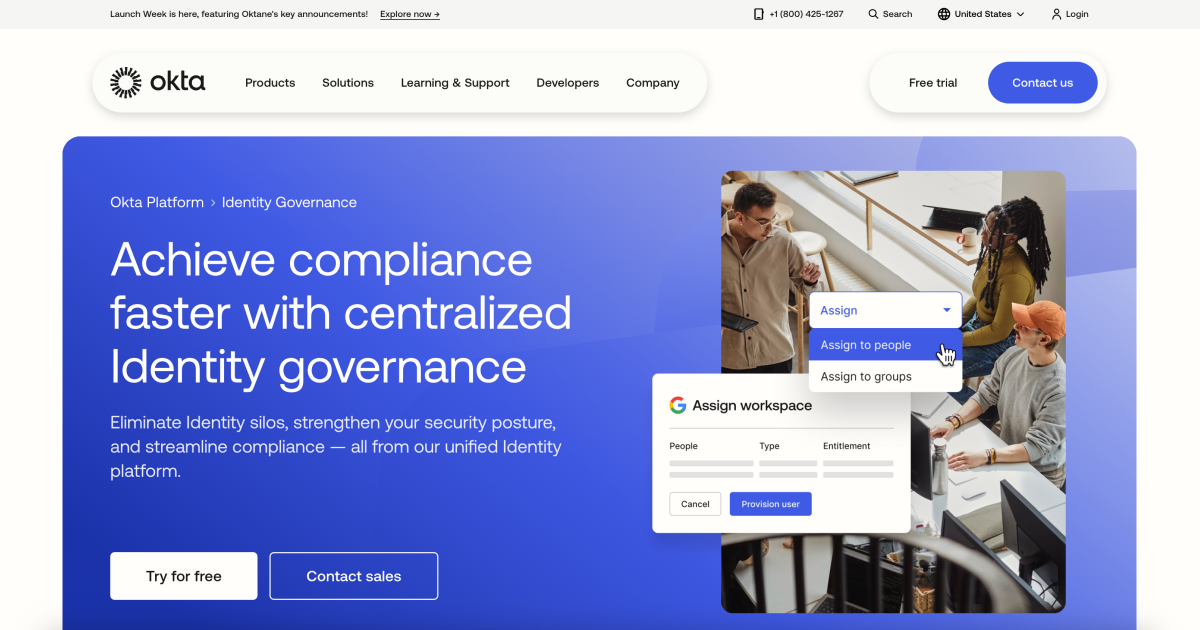

Compliance leaders face a rapidly shifting landscape as federal, defense, and critical infrastructure regulations increasingly mandate strict access governance. Frameworks like NIST 800-53, the NIST Cybersecurity Framework (CSF), and NIST 800-171 make access reviews and automation a cornerstone for passing audits, enforcing least privilege, and combatting risks like insider threats and privilege creep. In 2025, security teams must move beyond manual spreadsheets and fragmented checklists: digital transformation demands a purpose-built UAR solution to ensure compliance and operational resilience.
User Access Reviews are not optional for regulated businesses—they are explicitly required by core NIST controls and increasingly a condition for contracts such as CMMC in the federal sector.
Several major NIST frameworks directly reference access review, account management, and privileged access:
Organizations succeeding with NIST compliance invest in automation, intelligence, and broad integrations. A comprehensive UAR solution should provide:
For a comprehensive understanding of the most effective current User Access Review solutions, refer to our previous article where we listed the best modern UAR tools. In that detailed guide, we explored the strengths, features, and suitability of these platforms for different organizational scales and regulatory requirements, providing an essential resource to help you identify the right automation and intelligence capabilities to drive your compliance initiatives forward.
https://www.balkan.id/buyers-guide/user-access-review-software
A clear market shift is underway toward platforms offering automation, comprehensive evidence, and seamless integrations. Here’s how leading vendors stack up for NIST controls:







Key Strengths:
Best Use Cases:
NIST Control Coverage:

Key Strengths:
Best Use Cases:
NIST Control Coverage:

Key Strengths:
Best Use Cases:
NIST Control Coverage:

Key Strengths:
Best Use Cases:
NIST Control Coverage:

Key Strengths:
Best Use Cases:
NIST Control Coverage:
Traditional GRC platforms are valuable for control tracking, policy management, and high-level reporting, but seldom address user access reviews at the depth or speed NIST compliance demands.
“Checklists get you started. Risk-based UAR tools help you pass audits with confidence.”
Modern NIST compliance—especially under frameworks like 800-53, CSF, and 800-171—requires more than compliance reporting. Automation, complete audit trails, and native integrations allow security teams to focus on true privilege enforcement and operational resilience.
Book a Demo with BalkanID today and see how effortless compliance can be.